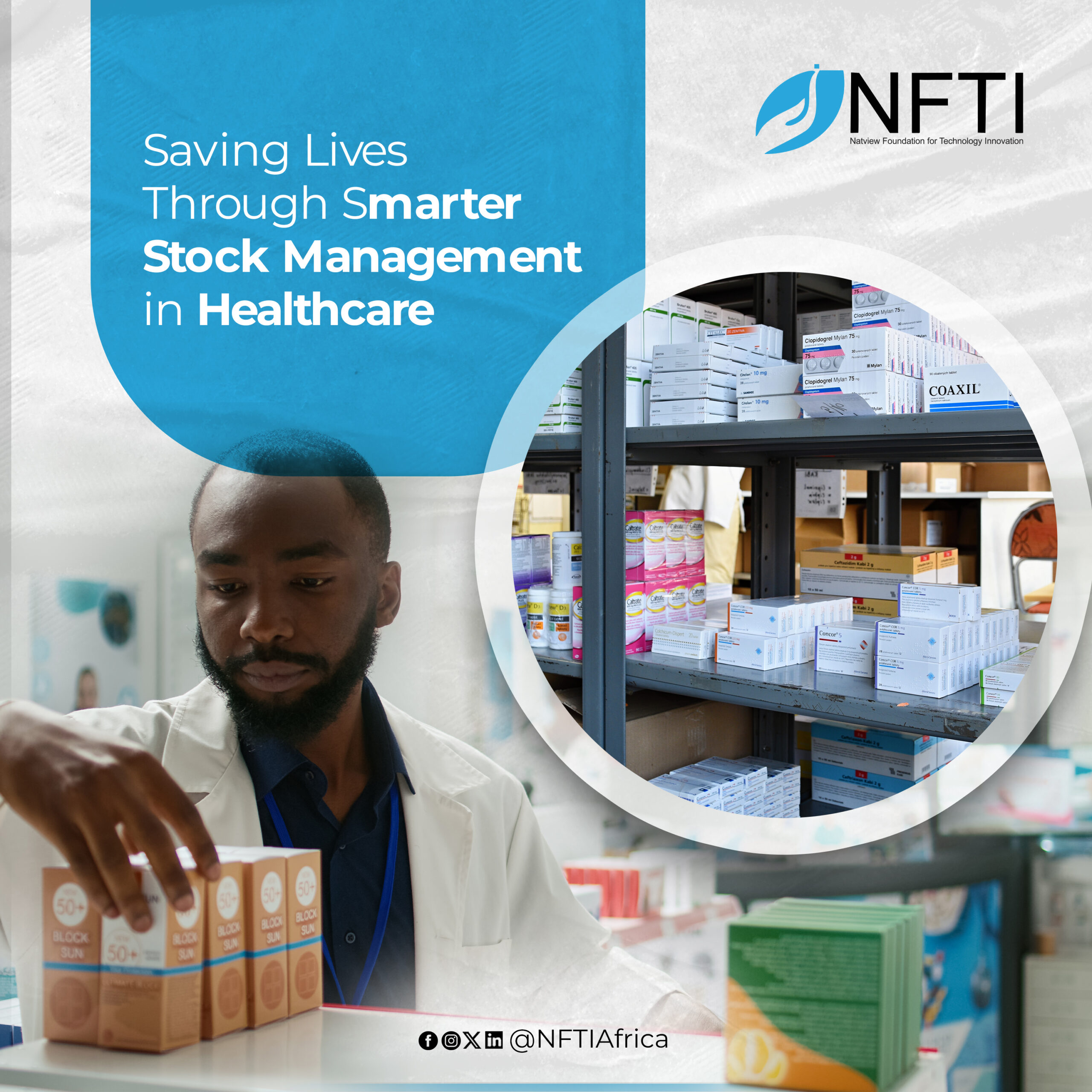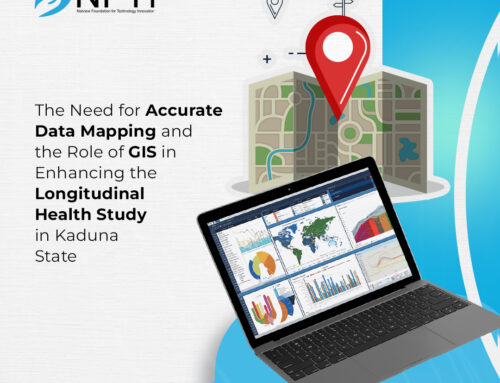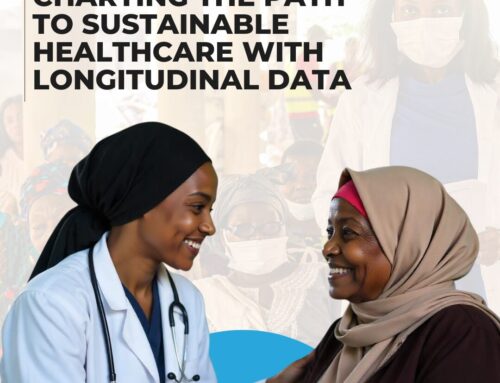Imagine a pregnant woman rushed to the hospital, her body convulsing from eclampsia, only to discover there’s no magnesium sulfate available to stop the seizures. Or a community battling malaria, but the local health center has run out of antimalarial drugs. A child steps on a rusty nail, and when brought to the clinic, there’s no tetanus vaccine in stock. These aren’t just hypothetical scenarios. They happen every day, and in most cases, the reason isn’t a lack of funding or resources—it’s poor stock management.
Supply chain management in healthcare isn’t just about tracking inventory or keeping shelves full. It’s about making sure that life-saving drugs are in the right place at the right time. It’s about ensuring that no patient suffers simply because of an avoidable stockout. The consequences of mismanaged stock levels in healthcare facilities can be dire, leading to unnecessary deaths, prolonged suffering, and preventable disease outbreaks.
But how do we prevent these crises? How do we ensure that hospitals and clinics always have the right amount of medicine—not too little, leading to shortages, and not too much, leading to waste? The answer lies in minimum stock levels and data-driven decision-making.
Every drug or medical supply in a healthcare facility has a minimum stock level—the lowest quantity that should be available before new stock is ordered. This threshold acts as a safety buffer to prevent stockouts. If a facility falls below this level, it risks running out of medicine before the next supply arrives. The other extreme; overstocking, is just as problematic. Drugs in excess may expire before their use, resulting in waste. In some cases, overstocking of one drug means less budget for other critical supplies. The key is balance, ensuring that facilities have exactly what they need when they need it. The challenge is that healthcare facilities often struggle with stock tracking and distribution. Without a structured system, medicines are either over-ordered, under-ordered, or misallocated. That’s why data is crucial in managing inventory efficiently.
Reliable data can help us understand healthcare needs, predict demand, and make informed decisions. In Kaduna State, Nigeria, the Kaduna State Health Supplies Management Agency (KADHSMA) is leading the charge in using data to optimize stock levels. KADHSMA oversees warehouse management, reporting platforms, process harmonization, and data quality assurance. With technical support from NFTI, which specializes in data sourcing and quality assurance, the state is transforming its healthcare supply chain. Other stakeholders like the Kaduna State Primary HealthCare Board, zonal offices, LGAs, and healthcare facilities also play a role in gathering and using data to track drug availability.
When data is properly utilized, it ensures that healthcare facilities can predict demand and order accordingly. High-demand drugs are always available, reducing patient suffering. Resource allocation is optimized, avoiding waste and inefficiency. The government can identify trends and plan for disease outbreaks. Without data, stock management is simply guessing. With data, it becomes a strategic, life-saving process.
Let’s consider two healthcare facilities: one in a region with a high malaria burden and another in an area where malaria cases are rare. Without data, both facilities might receive the same amount of malaria drugs. In the high-burden area, the drugs run out quickly, leaving patients untreated. In the low-burden area, the medicines sit on shelves until they expire, leading to waste. Now, imagine if the right data was available. The high-burden facility would receive a larger stock, ensuring that patients get treated promptly. The low-burden facility would receive a smaller but sufficient amount, reducing waste. The result is the power of data-driven allocation. This issue also occurs across Africa with antibiotics, vaccines, and other essential medicines. Without proper stock monitoring, some facilities have too much, while others have too little. The result? The result is a waste of resources, preventable deaths, and a failing healthcare system.
Proper stock management also improves service delivery and the overall quality of healthcare. When facilities track their stock levels accurately, they can identify high and low demand periods, ensuring they are always prepared. Facilities can predict when certain drugs will be needed most. For example, malaria cases spike during the rainy season, so PHCs can prepare in advance. Equitable distribution ensures that instead of blindly sending the same stock to every facility, medicines are sent where they are most needed. Reducing emergency shortages means facilities won’t have to scramble for supplies or turn patients away. Saving costs and reducing waste ensure funds are used efficiently and medicines don’t expire unused.
Every drug in healthcare is important and can save lives. When the right drugs are available, lives are saved. Policymakers in the healthcare sector must move beyond outdated, manual stock-tracking methods and embrace technology and data analytics. Digital solutions like real-time tracking dashboards and predictive analytics can transform supply chain management.
KADHSMA, NFTI, and other stakeholders are already making efforts to improve data-driven stock management. But beyond organizations and government bodies, we all have a role to play. Community members can advocate for better stock management, healthcare workers can push for improved reporting systems, and policymakers can support policies that enhance data-driven healthcare decisions.
I have seen firsthand what data can do. It’s not just an abstract concept—it’s a tool that saves lives. It prevents unnecessary suffering, ensures medicines reach those who need them, and allows healthcare workers to provide the best possible care.
Imagine a future where no woman dies in childbirth because of missing medication. Where malaria deaths drop because treatment is always available. Where a child injured in an accident doesn’t have to wait for a tetanus shot. Stockouts and wastage aren’t inevitable. They are problems that can be solved with the right data, the right systems, and the right commitment to making healthcare better. The time to act is now.





